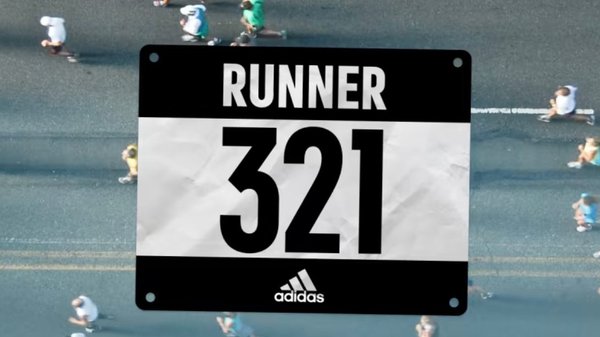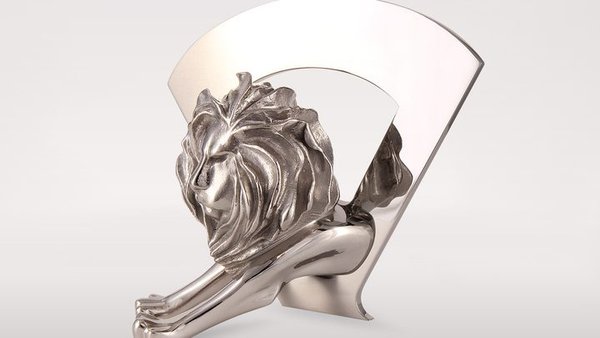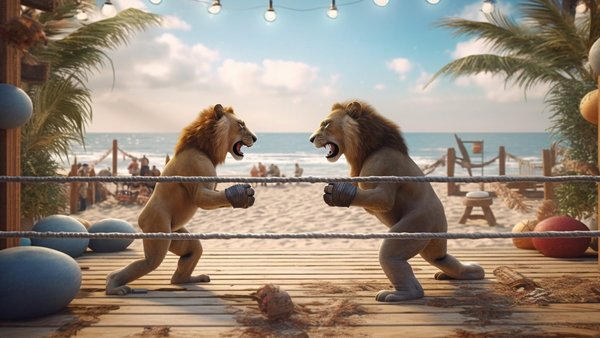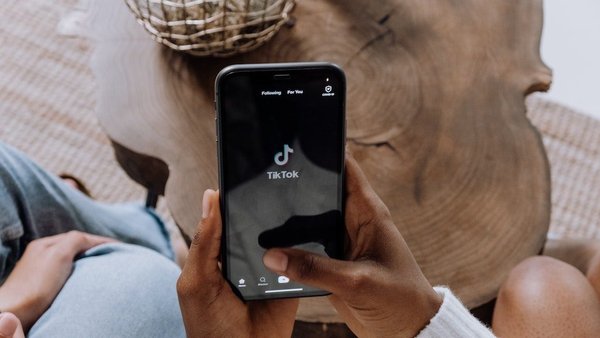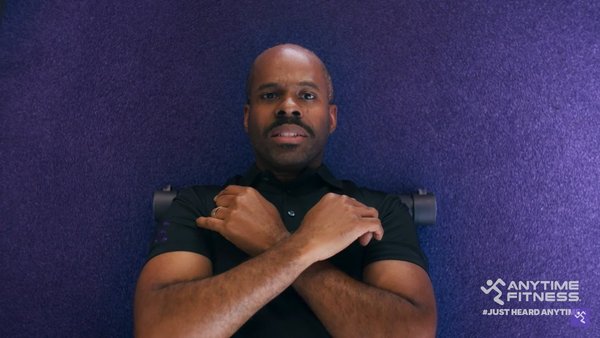How to advertise insurance without scare mongering /
Contagious raids its I/O platform for insurance marketing that succeeding without sowing fear

If you think a tool that lets you search for the best examples of commercial creativity according to business sector would help your business — get in touch. Click here to find out more about how to subscribe to I/O.
Insurance advertising and fear mongering go together like low-level anxiety and loose purse strings.
It is one of the most enduring tropes in advertising, played out in commercials where death, car crashes and property damage lurk at every moment.
The rationale is clear. If you are selling a product that only benefits the customer when disaster strikes, it makes sense to remind people that disaster could strike them.
But – and now it’s time for a little fear mongering of our own – there are two pitfalls with this strategy. One is that when every insurer adopts the same strategy, none stand out. The second is that when insurers lean too hard on scare tactics, they appear manipulative and, as we reported earlier this year, offensive ads can reduce purchase intent.
If you are looking for another way to advertise insurance, we have just the ticket. What follow are examples, pulled from our I/O platform, of insurance brands that have broken the mould by marketing their products without resorting to scare tactics.
You might never need this information, of course, but we've got you covered. Just in case.
National Roads and Motorists’ Association (NRMA), Safety Hub /
Australian insurer NRMA is refunding customers who spend money to protect their homes from disaster. Customers who download NRMA’s Safety Hub app can check if their home is at risk from fire or flood or any other kind of calamity. The app will also suggest ways that customers can mitigate these risks. For instance, it might recommend that a customer replaces their outdated fire safety equipment. If the task is carried out, NRMA pays money directly into the account of the customer, or it will pay for a professional to come to their home and carry out the maintenance, if it is required. Not only does this behaviour benefit the insurer (by reducing the chance or severity of a claim) it helps promote trust between the brand and its customers. The Safety Hub was created by NRMA in conjunction with CHE Proximity. According to the agency, 4,763 tasks were completed through the app in the first three months of its release.
Samsung Fire & Marine Insurance (SFMI), Firevase /
In a similar vein to the NRMA campaign, SFMI and Cheil Worldwide invented a vase that looks pretty but also extinguishes fires. When the Firevase is thrown at a fire and shatters, it releases a cloud of potassium carbonate that smothers flames by robbing them of oxygen. Approximately 100,000 homes in South Korea received a Firevase, but the brand also advertised its new invention online and in newspapers, generating 32 million media impressions and achieving SFMI’s true aim – telling the masses about the importance of home fire extinguishers, and about its products.
Swann Insurance, Inconvenient Stores /
Motorcycle insurer Swann and CHE Proximity (Swann is owned by IAG, which also backs the aforementioned NRMA) opened convenience stores miles from any town or city, which could only be reached by travelling some of Australia’s most scenic roads. The Inconvenience Stores sold Inconvenient Chocolate, Inconvenient Toilet Paper and other basics, which came with a 10% discount on Swann policies. The idea was to give motorcycle enthusiasts an excuse for a proper ride whenever they nipped out for groceries. It came from the insight that older bikers wanted to ride more, but were stymied by domestic life. This was one of Contagious’ favourite campaigns of 2017. In the wake of the stunt, the brand enjoyed a 22% bump in new leads, and year-on-year revenue increase of 52.6%.
Sanlam, Uk’shona Kwelanga /
Financial services provider Sanlam wanted more South Africans to think about funeral insurance, and it wanted to be the biggest brand in the category. Cape Town agency King James came up with the idea for a WhatsApp soap opera about a family burying its patriarch. People who subscribed to the show received texts, voice messages and videos over the course of seven days that told the tale of the family’s ups and downs. King James ensured the idea had credibility by hiring a proper screenwriter and familiar actors. Rather than stoke fear, Sanlam used storytelling to engage potential customers and, according to the agency, the client’s lead conversions increased by 146% following the release of Uk’shona Kwelanga.
If you think a tool that lets you search for the best examples of commercial creativity according to business sector would help your business — get in touch. Click here to find out more about how to subscribe to I/O.
Want more of the same? /
We don’t just write about best-in-class campaigns, interviews and trends. Our Members also receive access to briefings, online training, webinars, live events and much more.


